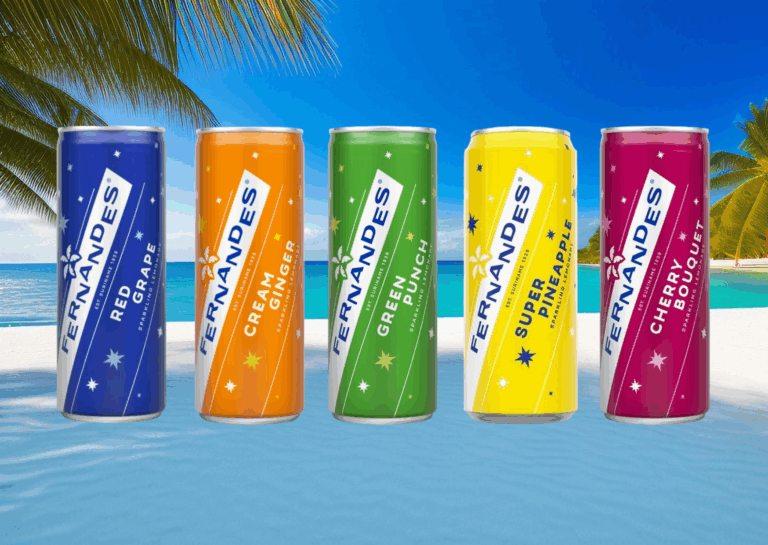The magic of tea
The origins of tea date back thousands of years to China, where it was first discovered. The story goes that Emperor Shen Nong accidentally dropped tea leaves into a pot of boiling water, which led to the very first pot of tea. Since then, tea has found its way to almost every corner of the world and has become an important part of diverse cultures and communities.
There are six main types of tea, namely black, green, yellow, white, oolong and pu-erh. All types of tea come from one plant, namely the Camellia sinensis plant. However, the way in which the leaves are harvested, processed and fermented determines what type of tea it ultimately becomes. For example, black tea is completely fermented. This means that the tea leaves are exposed to oxygen, causing a chemical reaction. This chemical reaction produces the black leaves and caffeine. In general, black tea is also the type of tea with the strongest flavor and the highest caffeine content, but with the fewest antioxidants.
Ceremonies
In many countries there are also special tea ceremonies. For example, in Japan you have the Chanoya. This is a ceremony in which a powdered green tea called matcha is prepared and served in a traditional Japanese tearoom. And in China they have the Gongfu tea ceremony, also called the “kung fu” tea ceremony. In this ceremony they use a small teapot and several steepings of tea leaves. This process gives you the opportunity to learn about the taste and smell of tea, and the ceremony is often marked by traditional Chinese music and decorations.
Health benefits
Besides being tasty to drink, tea also has several health benefits. For example, tea contains many antioxidants and is packed with vitamins. Tea also contains much less caffeine than coffee, which means you can drink it much more without noticing any effects on your nervous system. Finally, tea can also reduce the risk of heart attack or stroke and can help protect your bones.
Fun fact
The most expensive tea in the world is Tieguanyin tea. This is a type of Oolong tea that is sold at a price of $3000 per kilo.
Disclaimer: The above health benefits were not invented by us, but come from an article by an English hospital.
 Soft drinks
Soft drinks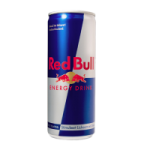 Energy drinks
Energy drinks Ice tea
Ice tea USA drinks
USA drinks Sugar free drinks
Sugar free drinks Dairy
Dairy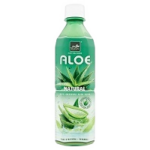 Juices
Juices Syrup
Syrup Drink packs
Drink packs Water
Water Chips
Chips Chocolate
Chocolate Cookies
Cookies Nuts
Nuts Breakfast
Breakfast Party sauces
Party sauces Snacks
Snacks Candy
Candy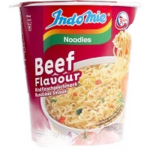 Noodles
Noodles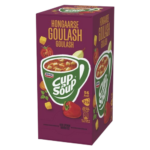 Soup
Soup USA food
USA food Willis
Willis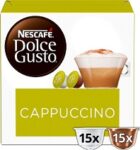 Cups
Cups Filter coffee
Filter coffee Coffee beans
Coffee beans Coffee pads
Coffee pads Sugar, milk & co
Sugar, milk & co Instant coffee
Instant coffee Tea
Tea Sport drinks
Sport drinks Sport snacks
Sport snacks
